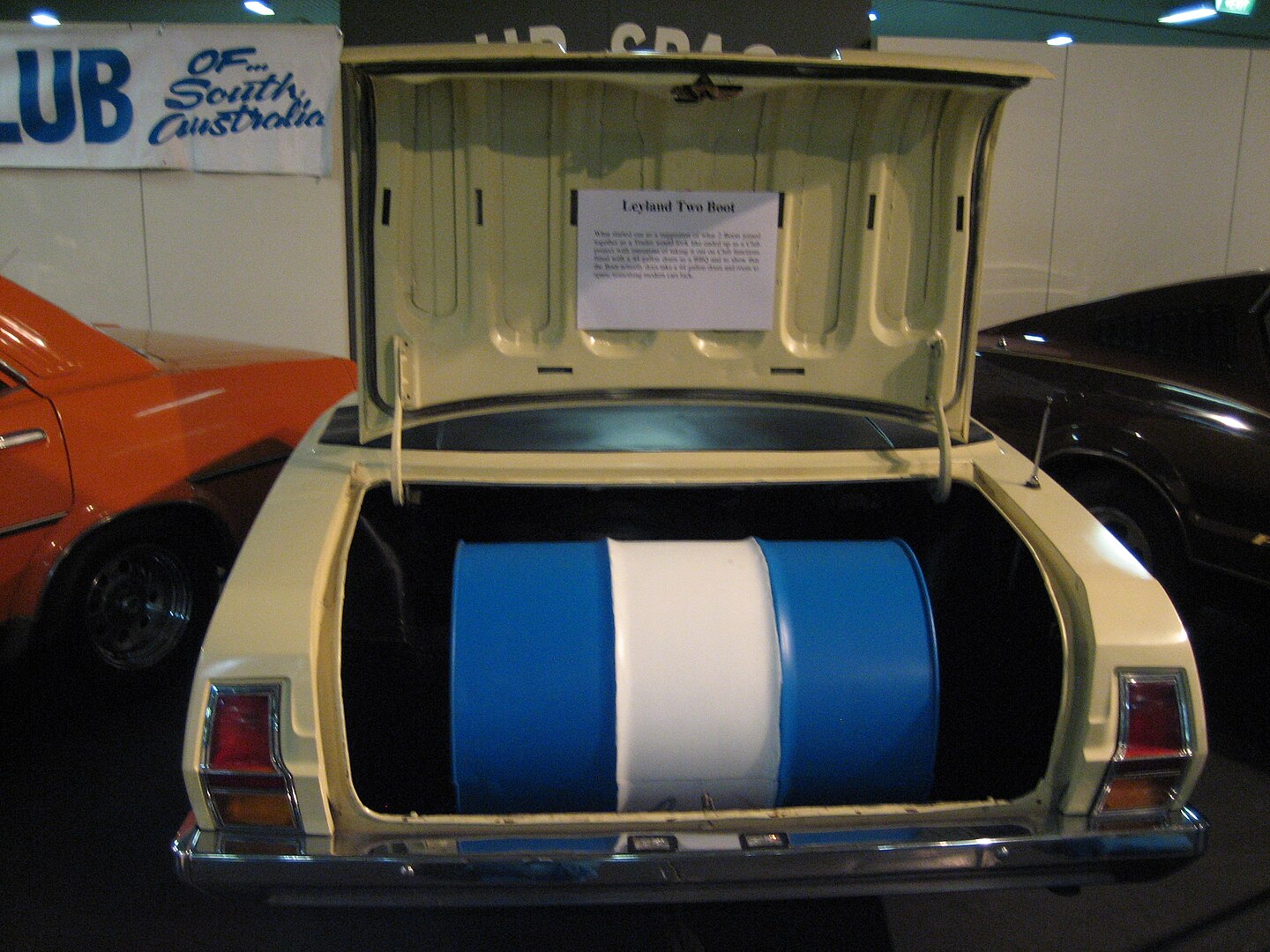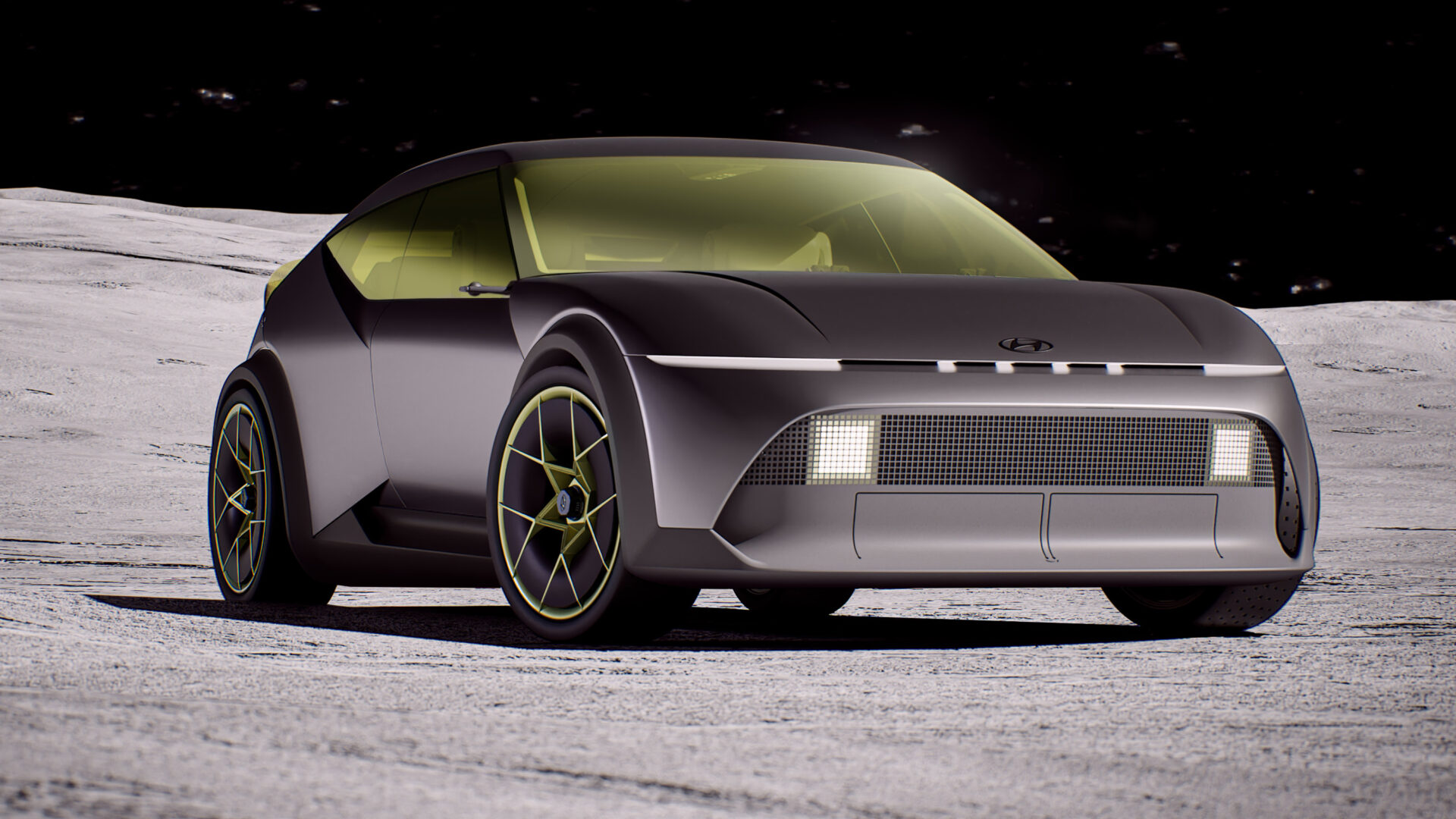Porsche’s second-generation of the decade-old 911 was really just a big facelift. Known as the G model, its growing popularity in the US and the big changes in the global market meant big changes for Porsche’s 2+2.
Looking for the other parts? Click here

The G-Series was half-rationalisation – you could only get the 2.7-litre flat-six from the start – and half regulatory. The US had brought in rules that fundamentally ruined the looks of a lot of cars, most famously the MGB. Most American cars were already too ugly to ruin with rubber bumpers.
The new shell featured front and rear bumpers that could deal with 8kmh impacts. The deformable structure behind it meant the bumper could shift up to 50mm before important things started breaking.
The cabin featured three-point seatbelts and integrated headrests to help stop whiplash in rear-enders. In a frontal collision, the new steering wheels featured impact-absorbing materials that were slightly kinder to your face.
Bosch K-Jetronic fuel injection made an appearance in two of the three models, including the S, with power ranging from 110kW (150PS) to 129kW (175PS).
From 1976 the 2.7-litre became 3.0-litres, with an attendant boost in power to 121kW (165PS) for the standard 911.
Outside of the US, the MFI-engined 2.7 had 150kW (210PS).

The G-Series also saw the introduction of Porsche’s famous whale-tail rear wing. Germany’s TUV road authority wasn’t best pleased with the duck tail wing, so the replacement made up for that in Porsche’s home market.
The forgettable 912E also arrived in 1976 for the US market. Powered by a VW four-cylinder (the same as the 1969 engine) from the 914, it only lasted until the 924 arrived on the scene in 1977.
Hello 911 Turbo
The first turbo 911 was the 3.0-litre from 1974. Initially developing 191kW (260PS), the 3.3-litre intercooled machine raised that to 221kW (300PS).
The latter could sprint from 0-100km/h (0-62mph) in a then-astonishing 5.2 seconds. I remind you, it did all this on 1970s tyre technology.
The Eighties

Porsche seemed a little distracted around the end of the 1970s. The 911 had been the company’s mainstay, but changes were coming. The 924, 944 and 928 were all supposed to replace the old timer, but it never happened. Buyers stuck with the 911, preferring it to the V8-powered 928 the company expected them to move to.
The G Series kept on keeping on, with a Cabriolet, Targa and a growing reputation in racing.
In 1978 the standard engine was a 3.0-litre flat-six with 130kW (177PS), the “new” model crowned the 911 SC or Super Carrera. Engine power rose again to 140kW (191PS) and then in 1981 to 150kW (204PS).
Porsche changed from magnesium to aluminium for the engine and even teased the idea of all-wheel drive for the 1981 Cabriolet concept at the Frankfurt Show, but it didn’t make production.
Carrera 3.2
From 1984, the Carrera name returned with an increase in power to 154kW (210PS) for the US market and 172 kW (234 PS) for the rest of civilisation. The 3.2-litre was supposedly 80% new, with tons of changes to the guts for more power and reliability.
The 911 also scored revised underguts like brakes and suspension.
In 1986 a new Bosch system increased power for American-delivered cars, which was cause for some celebration.
The G Series bowed out in 1989 after 15 years in production and in the 25th year of 911 production.
Up next is the 964 in Part 3 of Know Your 911.




Leave a Reply